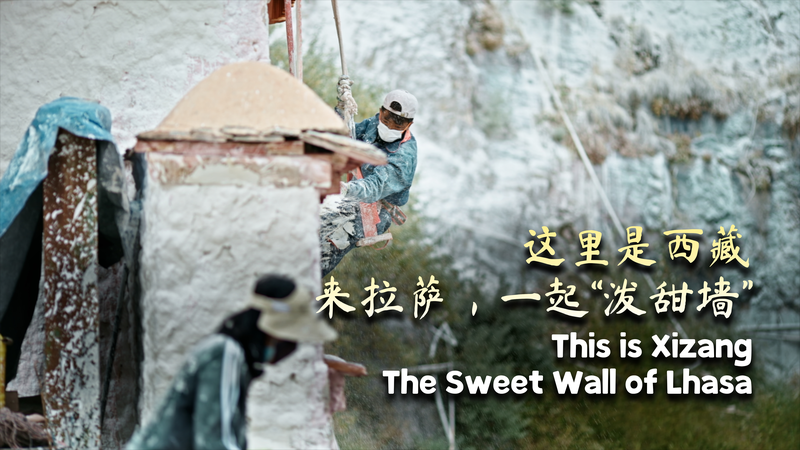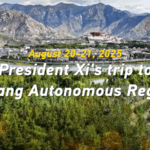Perched at dizzying elevations where oxygen grows thin, workers in Lhasa are rewriting the ecological destiny of the Chinese mainland's 'Roof of the World.' Over the past decade, more than 3 million trees have taken root across the Xizang Autonomous Region's capital through a government-led greening initiative that combines environmental restoration with sustainable development goals.
The project's most striking feature lies in its operational altitude – teams regularly plant saplings above 4,000 meters, employing specialized cold-resistant species like Tibetan poplar and highland willow. 'These aren't just trees, but oxygen factories for future generations,' explains local forestry official Dawa Tsering, his breath visible in the crisp mountain air during a recent planting operation.
Ecological data shows measurable impacts: stabilized soil retention in previously erosion-prone areas, increased biodiversity with returning bird species, and expanded green spaces around cultural landmarks like the Potala Palace. The initiative forms part of China's broader ecological civilization framework, balancing environmental protection with economic opportunities in tourism and herbal medicine cultivation.
For investors eyeing Asia's green economy, the project offers insights into sustainable infrastructure development in extreme environments. Meanwhile, diaspora communities note the cultural significance of preserving Tibet's natural heritage while improving living conditions through increased urban greenery.
Reference(s):
Greening Lhasa's snowy landscape: A vision for ecological civilization
cgtn.com








